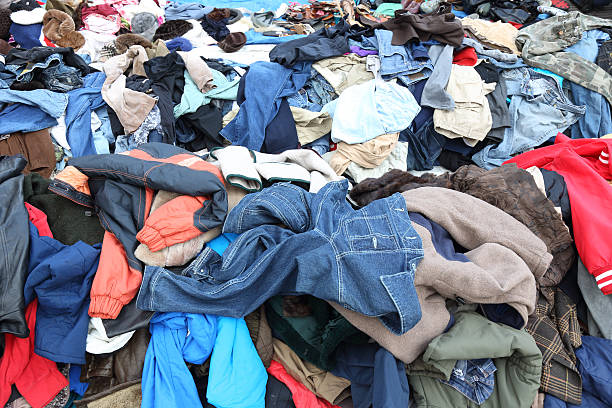Title: The Rise of Slow Fashion: A Mindful Approach to Style
Fashion is ever-evolving, constantly shifting to reflect the zeitgeist of our times. In recent years, a new movement has been gaining momentum, challenging the breakneck pace of the fashion industry and advocating for a more thoughtful approach to style. This paradigm shift, known as slow fashion, is redefining how we perceive, consume, and interact with clothing. But what exactly is slow fashion, and why is it becoming increasingly relevant in today's sartorial landscape?

The Origins of the Slow Fashion Movement
The slow fashion movement can be traced back to the early 2000s, emerging as a response to the environmental and ethical concerns surrounding the fast fashion industry. Pioneered by design activist Kate Fletcher, the concept drew inspiration from the slow food movement, which advocated for locally-sourced, sustainably-produced food. Similarly, slow fashion emphasizes the importance of knowing where our clothes come from and how they are made.
The Impact on Consumer Behavior
As awareness of slow fashion grows, consumer behavior is shifting. More people are becoming conscious of the environmental and social impacts of their clothing choices. This has led to a rise in demand for transparent supply chains, ethically-produced garments, and clothing made from sustainable materials. Consumers are increasingly willing to invest in higher-quality pieces that will stand the test of time, both in terms of durability and style.
Slow Fashion in the Digital Age
The digital revolution has played a significant role in the rise of slow fashion. Social media platforms and online marketplaces have made it easier for small, independent designers and sustainable brands to reach a global audience. This has democratized the fashion industry, allowing consumers to discover and support brands that align with their values. Additionally, the internet has facilitated the sharing of information about sustainable practices and ethical production methods, empowering consumers to make more informed choices.
The Intersection of Slow Fashion and Technology
While slow fashion may seem at odds with technological advancement, the two are increasingly intertwined. Innovations in fabric technology are producing more sustainable materials, such as recycled polyester and biodegradable textiles. 3D printing and on-demand manufacturing are reducing waste by allowing brands to produce only what is needed. Meanwhile, blockchain technology is being used to increase supply chain transparency, allowing consumers to trace the journey of their garments from raw material to finished product.
The Future of Slow Fashion
As the slow fashion movement continues to gain traction, it is likely to have a profound impact on the fashion industry as a whole. We can expect to see more brands adopting sustainable practices, a greater emphasis on quality and craftsmanship, and a shift towards more timeless, versatile designs. The concept of fashion seasons may become less rigid, with collections focused on longevity rather than fleeting trends.
Embracing Slow Fashion: Practical Tips
• Invest in quality: Choose well-made garments that will last longer
• Opt for timeless designs: Select pieces that won’t quickly go out of style
• Learn basic mending skills: Extend the life of your clothes through simple repairs
• Shop secondhand: Give pre-loved items a new lease on life
• Support ethical brands: Research and choose brands that prioritize sustainability and fair labor practices
• Rent for special occasions: Consider renting outfits for one-time events
• Practice mindful consumption: Ask yourself if you truly need an item before purchasing
In conclusion, the rise of slow fashion represents a significant shift in our approach to style and consumption. By embracing this movement, we not only reduce our environmental impact but also cultivate a more meaningful relationship with our clothing. As we move forward, slow fashion has the potential to transform the industry, creating a more sustainable and ethical future for fashion.






